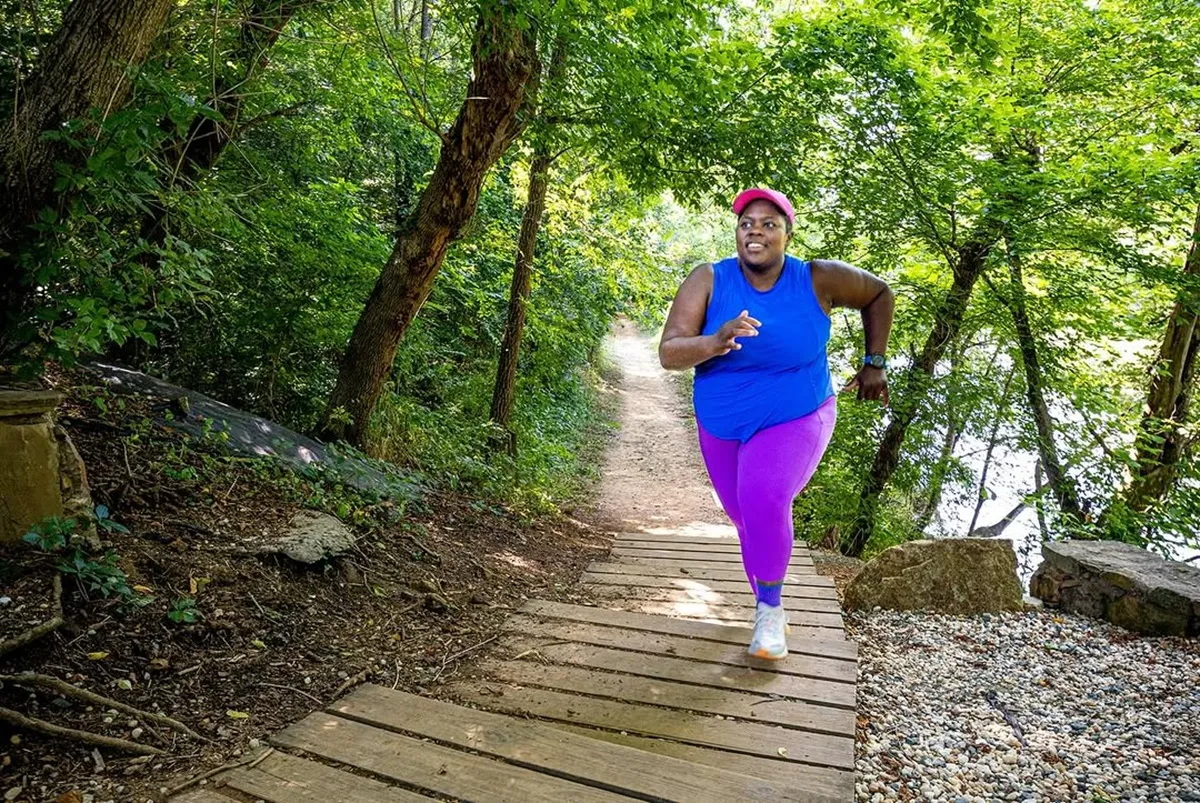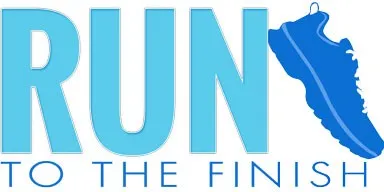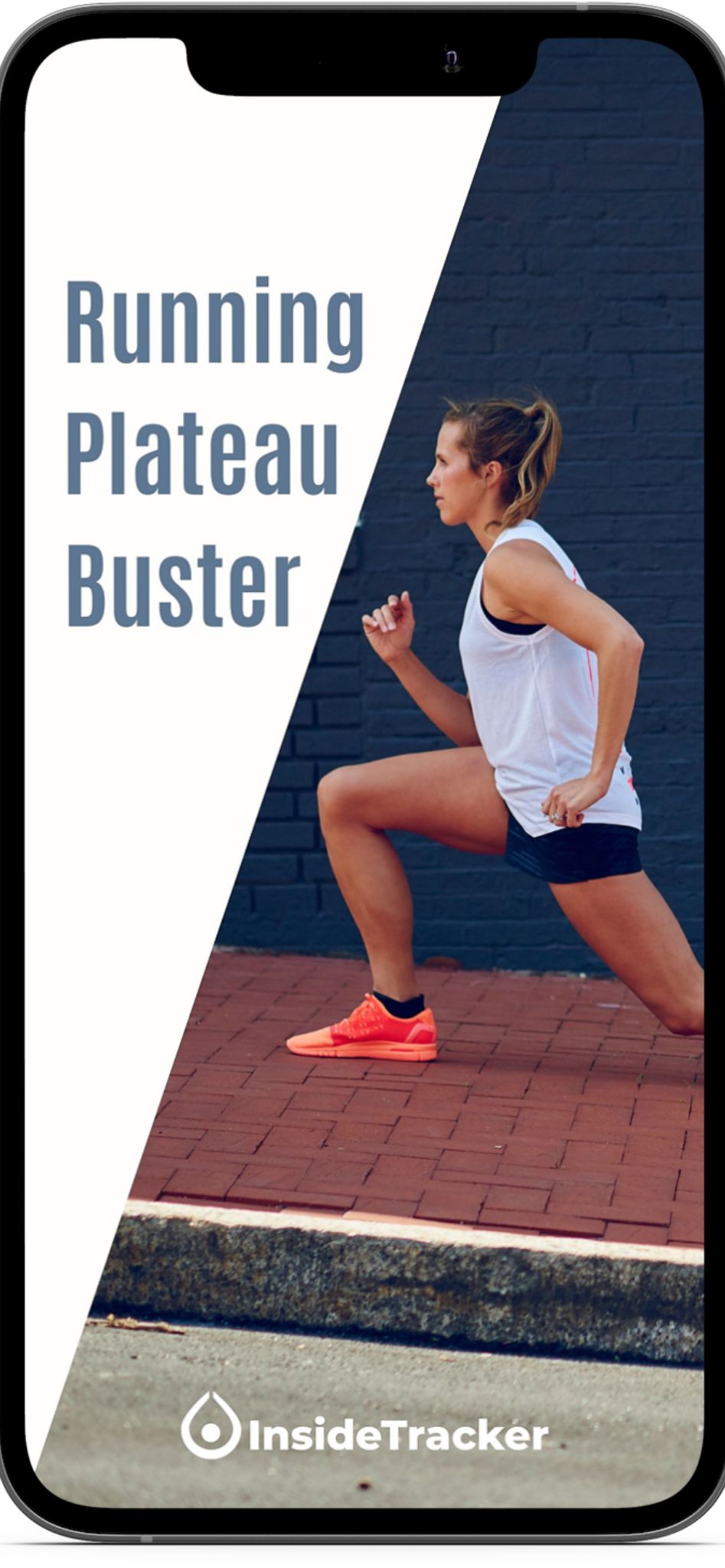If there’s one thing that most runners have in common, it’s routine. That’s exactly what helps us stay on track month after month, but what happens when we’re forced to take a break due to injury? Or when we need to take a break for LIFE and possibly to become a better runner.

It turns out there are more than a few reasons that taking a break could actually help get you closer to your goals.
Ultra runner and author Mirna Valerio, aka The Mirnavator on social media, shared her thoughts when she sat down with us on our podcast Tread Lightly. She is an incredible story teller and so many of us can relate to the struggles of dealing with an injury, but we hope this gives you a new perspective on embracing time away!
“And yes, most runners will hear this like no way. This was also a process for me, too. I love it now, but it did take some time. Oh, absolutely.”
What to Do With a Long Break Caused By Injury
After an ultramarathon where she ran a painful 23-25 miles per day for 6 days, Mirna and her running coach determined that she needed a break.
This is probably the hardest break for most of us. A forced one.
And yet, we as running coaches know that there is a lot to be gained from a break. Over the course of a few months, Mirna began to discover this as well and now is preaching the benefits!
Not only did she look for other ways to stay fit, but to connect with other communities that might fill that void in her life.
- Time away gave her the space to discover other sports
- She was able to get good at things like biking or skiing because they weren’t secondary
- New sports mean entirely new worlds of people and experiences
- Growth in running can happen outside of our running shoes
Don’t Assume A Long Break Is Going To Resolve Injuries
Rarely will an injury go away just by resting. This is the mantra of running coaches and PT’s every where.
Have tendonitis? You need to strength train.
Have IT Band Syndrome? You need to strength train.
Have a stress fracture? Ok cool, you definitely need to stay off of it for a bit, but then you need to move! Movement is part of the recovery.
Mirna says that we have to accept our body’s limitations, and listen to what they have to say as we change and as we age, even if we don’t like it.
“I’m taking it slowly. I’m more mature now. I’m older. I’m perimenopausal, you know, all that fun stuff…it takes a long time for the body to heal. But I’m also reminded of how incredible the body is that it does want to heal itself. We just gotta let it.”
Now, she sees there’s just as much beauty in taking time away as in pushing yourself.
“It’s absolutely been a gift to take a break from running. It’s been a gift for the body, just physically, to take a rest. We need to rest.”
Listen to the full episode right now to get more of her insights and fabulous stories.
Embracing a Running Break without Injury
As noted above, Mirna began to find there were so many benefits to that time away from running that she leaned in to it even more! Instead of rushing back, she’s taken her time.
She says it’s allowed her to meet new people, to spend time with friends who have other interesting hobbies, and to really let her body reset to a baseline of fitness before jumping back in.
“That’s part of the adventure too, like connecting with the earth, connecting with other people. Not focusing on running necessarily has made me more open to, or more able to connect with other people who don’t necessarily run, or how have other sports. Max is my cycling person. Lee hikes. So you know, I get to be with other people. I’m still outside, I’m still moving my body, and I’m also still ensconced in the awe of nature.”
And yes, she knows that for many runners, it’s easier said than done.
“It’s really hard. I have experienced that being really difficult to kind of step away from running, but it makes it so much more joyful to step back into it, too.”
Use The Time To Work On Your Weaknesses
Running can reinforce certain movement patterns, and a break can allow you to identify any that are leading to injury. Chronic pain areas like shin splints and IT band issues can take more time than we sometimes think to fully heal.
You can use the time and other exercise routines to strengthen your stabilizing muscles that are critical for injury prevention. Focus on ankle stability, hamstring strength, and upper body posture that can limit your efficiency on the road.
You can use mobility drills, deep stretching, and yoga to loosen up tight hips, calves, and hamstrings.
A break can also provide a mental refresh and renew your motivation to run. Visualization, breathing exercises, and mindfulness can help you return even stronger.
“Just be open to the possibilities of taking a break and coming back even stronger and even more engaged and curious about the sport…taking a break opens you up to new experiences. It opens you up to new people. It opens you up to who I am when I’m not running.”

Life is all about stepping out of your comfort zone.
After all, once upon a time you joined your first running group, and that was probably scary, too. And look at you now!
For more Tread Lightly podcast episodes, please subscribe on Spotify or Apple podcasts.



 Groin Pain After Running: 9 Possible Causes, Treatments, & Prevention
Groin Pain After Running: 9 Possible Causes, Treatments, & Prevention
